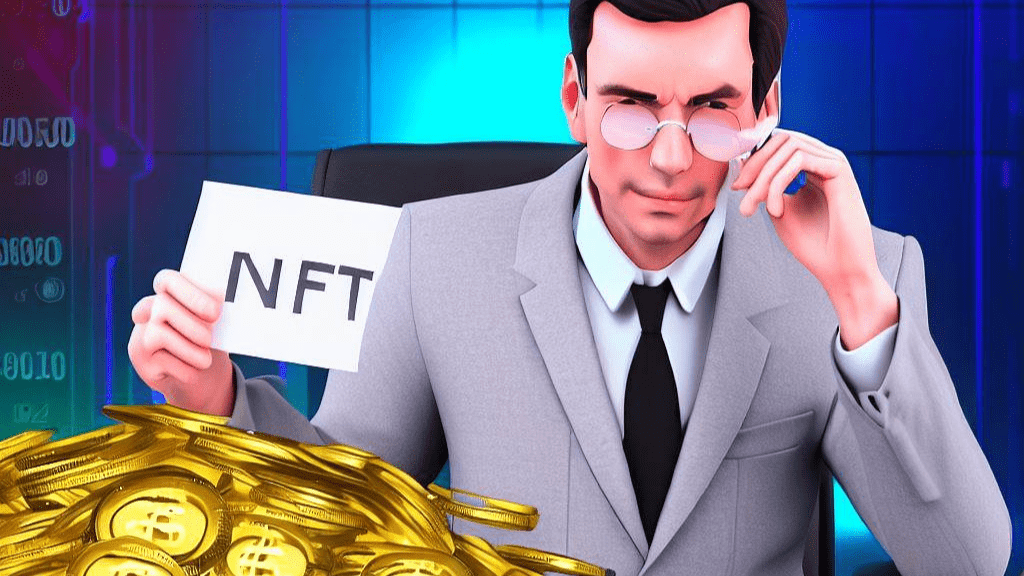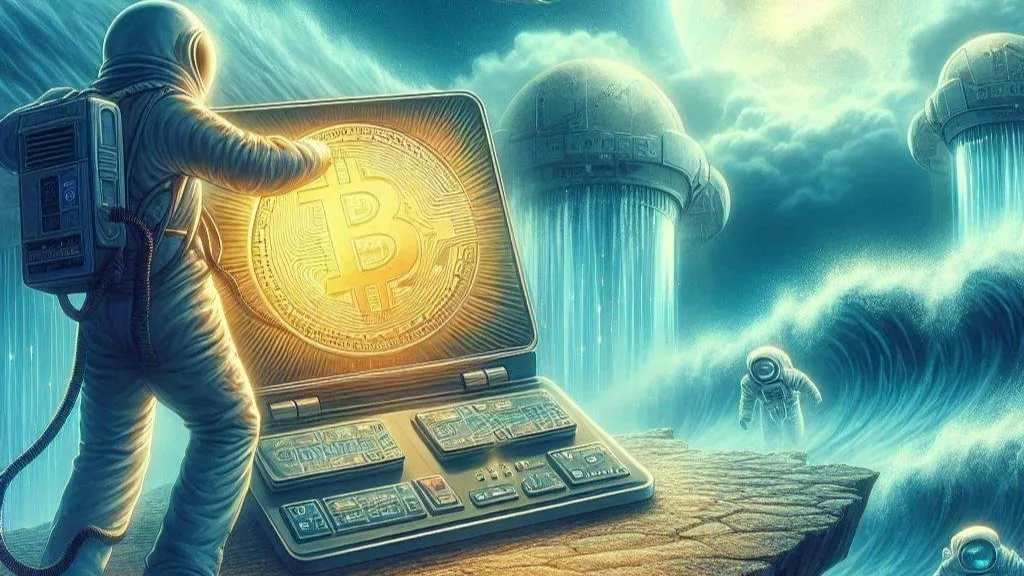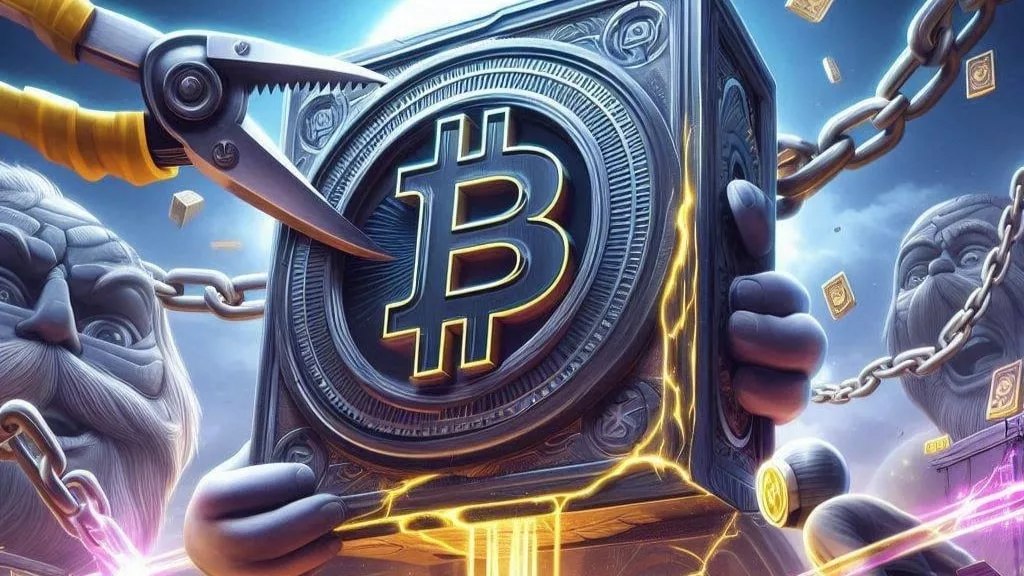
The once-thriving Non-Fungible Token (NFT) market, which once promised to revolutionize the digital art world, is currently navigating stormy waters. What was once a soaring industry, capturing the world’s attention with its novel approach to digital collectibles, has now hit a significant downturn, leaving artists reeling from declining earnings. The very essence of the NFT revolution, built upon the creative endeavors of artists, is now under threat as excessive speculation and greed cast a shadow over the space.
Prominent NFT platforms, such as Blur and OpenSea, have responded to the market’s challenges with a bold yet controversial strategy – they’ve drastically slashed the royalties paid to artists. This strategic shift, though aiming to reinvigorate trading activity, has stirred concerns about prioritizing profitability over the creators who gave birth to this movement.
The Impact of the Downturn
The effects of this downturn are stark. Trading volumes have plummeted, experiencing a jaw-dropping 95% decline since the peak in January 2022. What was once a lucrative stream of royalties, amounting to an impressive $269 million, has now dwindled to a mere $4.3 million in July. This sharp decline in earnings has dealt a direct blow to artists’ incomes, leading to a waning enthusiasm among creators. It’s a situation that not only jeopardizes artists’ livelihoods but also threatens to stifle the production of new and innovative content.
The Balancing Act
This situation underscores the delicate balance that NFT platforms must strike between artists and traders. Tampering with this equilibrium risks destabilizing the ecosystem that made NFTs a phenomenon in the first place. Phillip Kassab of Sei Labs emphasizes that this precarious balance is central to the NFT market’s continued success and growth.
The Unconventional Strategy of Blur
The entrance of Blur into the NFT space has disrupted the status quo by taking an aggressive approach to royalty rates. Their move to slash these rates has reverberated across the industry, even prompting established players like OpenSea to reconsider their strategies. Remarkably, Blur now commands a staggering 70% of the daily volume on the Ethereum blockchain.
Innovation or Exploitation?
While some hail this approach as innovation, it has also sparked accusations of reckless exploitation. Ally Zach from Messari raises concerns about the ethics of this strategy, questioning whether it undermines the integrity of the NFT market. The market’s current state has sparked debates about the longevity of NFTs, with some viewing the digital collectibles trend as a fleeting fad while others remain optimistic about its potential resurgence.
Redefining Royalty Rates and Long-Term Solutions
As the market grapples with these challenges, calls for redefining how royalty rates are determined are gaining momentum. One proposed solution involves embedding these rates within the NFT software itself, effectively safeguarding artists from arbitrary changes by platforms. Industry experts like Chris Akhavan from Magic Eden emphasize the importance of embedding these rules directly into the core of web3 platforms.
Alternative Avenues for Artists
Industry leaders are also exploring alternative avenues to ensure artists’ stability. Shiva Rajaraman from OpenSea hints at potential solutions like merging NFTs with merchandise sales, providing creators with more consistent income streams. However, such solutions might only offer a temporary fix for a deeper-rooted problem.
Facing Reality: Artists’ Perspectives
Artists who were once at the pinnacle of the NFT market are now confronting a harsh reality. Figures like Matt Kane, who enjoyed the market’s highs, now find themselves grappling with a transformed landscape. Kane’s experience echoes the sentiments of many, highlighting the initial promise of NFTs to celebrate collective success. Unfortunately, the industry now appears to be regressing, evolving into a competitive arena of winners and losers.
The Way Forward: Balancing Creativity and Commerce
The turmoil in the NFT market serves as a reminder that artistic innovation, the very core of the NFT revolution, should not be sacrificed for short-term gains. The NFT space stands at a pivotal crossroads, facing the crucial decision of balancing creativity with commercial interests. As the industry reflects on its path forward, it’s imperative that genuine creativity and innovation continue to be the driving forces, ensuring that the NFT movement leaves a lasting legacy defined by its transformative impact on the art world.



Get the latest Crypto & Blockchain News in your inbox.